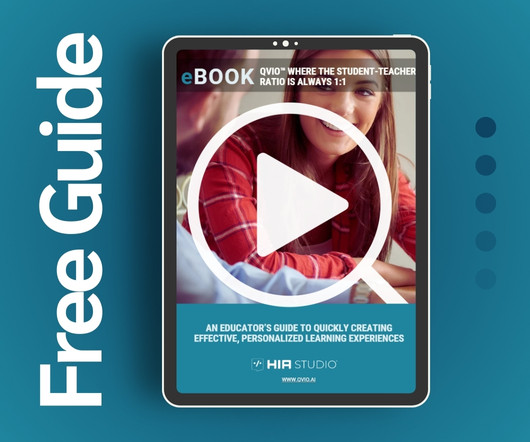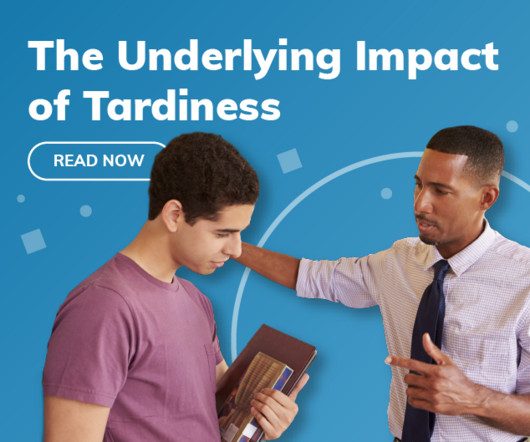5 ways to teach students to be future-ready
Ditch That Textbook
SEPTEMBER 29, 2017
Today’s students face a technology-infused, innovation-filled world in their future. We’re already looking at the possibility of widespread smart houses, autonomous cars and artificial intelligence that can talk to us and work on our behalf. Our parents’ and grandparents’ curriculum won’t be sufficient. How do teachers identify the trends, predict what students will need and prepare […].































Let's personalize your content